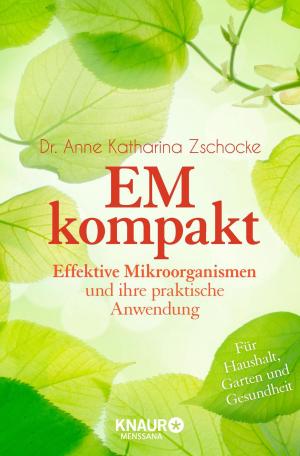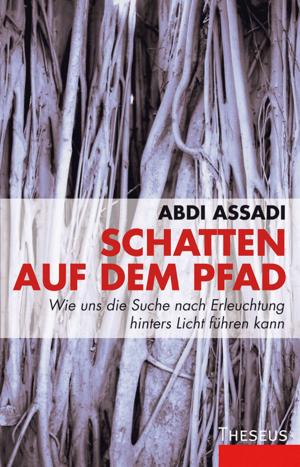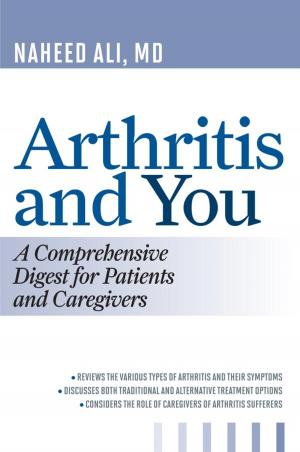Gluten free Casein free: Cookbook for Kids
Autistic 100 Delicious Recipes
Nonfiction, Health & Well Being, Health, Ailments & Diseases, Allergies, Healing| Author: | Eat To Live | ISBN: | 1230000311246 |
| Publisher: | Eat To Live | Publication: | March 13, 2015 |
| Imprint: | Language: | English |
| Author: | Eat To Live |
| ISBN: | 1230000311246 |
| Publisher: | Eat To Live |
| Publication: | March 13, 2015 |
| Imprint: | |
| Language: | English |
Is a gluten-free/casein-free diet for autism?
A gluten-free/casein-free diet is also known as the GFCF diet. It is one of several alternative treatments for children with autism. When following this strict elimination diet, all foods containing gluten and casein are removed from the child's daily food intake.
A gluten-free casein-free diet (or GFCF diet) eliminates dietary intake of the naturally-occurring proteins gluten (found most often in wheat, barley, rye, and commercially available oats) and casein (found most often in milk).
Some parents of children with autism believe their children are allergic or sensitive to the components found in these foods. Some seek allergy testing for confirmation. Yet even when no allergy is confirmed, many parents of autistic children still choose to offer the GFCF diet. Among the benefits they report are changes in speech and behaviour.
It can take valuable time and energy from you when you are not on this diet and it can take up to 3-6 months to rid the body of ways the gluten and casein affect his brain. Be patient, be consistent, be loving and be diligent.
The implementation of a GFCF diet involves removing all sources of gluten and casein from a person's diet. Gluten is found in all products containing wheat, rye, and barley. Many gluten-free breads, pastas, and snacks are available commercially.
How does a gluten-free/casein-free diet for autism work?
The gluten-free/casein-free diet is based on the theory that children with autism may have an allergy or high sensitivity to certain foods. In particular, the theory targets foods that contain gluten and casein. Children with autism, according to the theory, process peptides and proteins in foods containing gluten and casein differently than other people do. Hypothetically, this difference in processing may exacerbate autistic symptoms. Some believe that the brain treats these proteins like false opiate-type chemicals. The reaction to these chemicals, they say, leads a child to act in a certain way.Based on this theory, diets free of gluten and casein are given to children with autism. The intent is to reduce symptoms and improve social and cognitive behaviors and speech.
There may be some scientific merit to the reasoning behind a gluten-free/casein-free diet. Researchers have found abnormal levels of peptides in bodily fluids of some people who have symptoms of autism. Still, the effectiveness of a GFCF diet for autism has not been scientifically substantiated in randomised clinical trials. In fact, a review of recent and past studies concluded there is a lack of scientific evidence to say whether this diet can be helpful or not.
Unfortunately, eliminating all sources of gluten and casein is so hard that conducting randomised clinical trials in children may prove to be very difficult.
Once you get use to the diets do’s and don’t you will love to find new recipes that spark creativity and healthy nutritious foods to your child
Is a gluten-free/casein-free diet for autism?
A gluten-free/casein-free diet is also known as the GFCF diet. It is one of several alternative treatments for children with autism. When following this strict elimination diet, all foods containing gluten and casein are removed from the child's daily food intake.
A gluten-free casein-free diet (or GFCF diet) eliminates dietary intake of the naturally-occurring proteins gluten (found most often in wheat, barley, rye, and commercially available oats) and casein (found most often in milk).
Some parents of children with autism believe their children are allergic or sensitive to the components found in these foods. Some seek allergy testing for confirmation. Yet even when no allergy is confirmed, many parents of autistic children still choose to offer the GFCF diet. Among the benefits they report are changes in speech and behaviour.
It can take valuable time and energy from you when you are not on this diet and it can take up to 3-6 months to rid the body of ways the gluten and casein affect his brain. Be patient, be consistent, be loving and be diligent.
The implementation of a GFCF diet involves removing all sources of gluten and casein from a person's diet. Gluten is found in all products containing wheat, rye, and barley. Many gluten-free breads, pastas, and snacks are available commercially.
How does a gluten-free/casein-free diet for autism work?
The gluten-free/casein-free diet is based on the theory that children with autism may have an allergy or high sensitivity to certain foods. In particular, the theory targets foods that contain gluten and casein. Children with autism, according to the theory, process peptides and proteins in foods containing gluten and casein differently than other people do. Hypothetically, this difference in processing may exacerbate autistic symptoms. Some believe that the brain treats these proteins like false opiate-type chemicals. The reaction to these chemicals, they say, leads a child to act in a certain way.Based on this theory, diets free of gluten and casein are given to children with autism. The intent is to reduce symptoms and improve social and cognitive behaviors and speech.
There may be some scientific merit to the reasoning behind a gluten-free/casein-free diet. Researchers have found abnormal levels of peptides in bodily fluids of some people who have symptoms of autism. Still, the effectiveness of a GFCF diet for autism has not been scientifically substantiated in randomised clinical trials. In fact, a review of recent and past studies concluded there is a lack of scientific evidence to say whether this diet can be helpful or not.
Unfortunately, eliminating all sources of gluten and casein is so hard that conducting randomised clinical trials in children may prove to be very difficult.
Once you get use to the diets do’s and don’t you will love to find new recipes that spark creativity and healthy nutritious foods to your child















